Balmaha
Examination of the Highland Border Complex and the Lower and Upper Old Red Sandstone rocks in the Balmaha area
Examination of the Highland Border Complex and the Lower and Upper Old Red Sandstone rocks in the Balmaha area
We will see a fascinating variety of rocks covering a huge span of geological time, ranging from the Moine to the Palaeogene. We will also see rocks from the Ordovician, Silurian, Carboniferous, Triassic and Jurassic periods.
We will see a fascinating variety of rocks covering a huge span of geological time, ranging from the Moine to the Palaeogene. We will also see rocks from the Ordovician, Silurian, Carboniferous, Triassic and Jurassic periods.
We shall be looking at the igneous rocks of the Clyde Plateau Volcanic Formation, the Carboniferous sedimentary rocks of the Clyde Sandstone Formation and the Ballagan Beds.
A visit to the former lead mine near Tyndrum followed by a trip to Glen Orchy to examine outcrops of Dalradian rocks
A guided tour of the Glasgow Museums Resource Centre in Nitshill
We will examine beautifully exposed examples of contact metamorphic changes to the Dalradian Aberfoyle slate adjacent to a late Caledonian diorite intrusion, the Comrie pluton at Craig More.
An opportunity to examine Dalradian rocks (slates and grits of the Southern Highland Group) and structures related to the Tay Nappe
In this easy coastal walk we will examine sedimentary structures formed during the Early Carboniferous, the consequent changes of the flora and fauna, and tectonic structures imposed during the Late Carboniferous.
An excursion along the coast of County Antrim, where we will see rocks ranging in age from the Precambrian to the Quaternary and including the North Atlantic Igneous Province.
A stroll round Rouken Glen Park led by John Faithfull, looking at the varied rocks formed in Carboniferous times.
Regular guided tours of the Fossil Grove and surrounding quarry area led by society members Margaret Greene and David Webster and lasting about 45 minutes will take place on the hour at 1, 2 and 3 pm.

A short, easy walk along the White Cart Water to explore Linn Park’s geology, landscape and industrial past
A guided tour of two key localities illustrating the 650 million year old "Snowball Earth" glaciation and a full day visit to the remote north coast of Islay to view the classic stromatolite bioherms in the Bonahaven Dolomite plus some spectacular igneous intrusions and glacial features
We will examine a range of rocks within the Hebridean Terrane, ranging from Archaean gneisses of the Lewisian Complex and the overlying Proterozoic sedimentary rocks of the Torridonian Supergroup through to glacial deposits of the Pleistocene epoch.
We will be looking at several sites around the park, including the area around the now disused barite mine, and considering aspects of our industrial geological heritage.
We will continue our exploration of Glen Lednock and will visit the Comrie pluton to examine the igneous rocks themselves and their contact relations with the country rocks.
We will examine Devonian volcanic and sedimentary rocks (perhaps including the source of the Stone of Destiny) and look at a variety of building stones in Perth City.
The opencast coal site at Spireslack in East Ayrshire delivers a unique and stunning geological exposure of the Carboniferous. BGS is working closely with the Scottish Mines Restoration Trust to find ways of restoring the site to deliver a unique, natural rock laboratory for industry and university training and research.
This tour will take you behind the scenes of extremely rare isotope metrology at SUERC to illustrate the complexity and effort involved in making precise and accurate measurement of isotopes in minerals and rocks.
Beecraigs visitor centre (dyke and Carboniferous Limestone); Cairnpapple Hill and the Knock (lavas, sill, limestone and mineralization) via Witch Craig geology wall; Petershill Reserve (fossiliferous reef limestone); East Kirkton quarry (time permitting) (oil shales and limestones).
Devonian lavas and sedimentary rocks; Highland Border Complex (with superb pillow lavas); Highland Boundary Fault; ORS/Dalradian unconformity; Dalradian structure and metamorphism; Caledonian and post-Caledonian granites, gabbros, migmatites, dykes and breccia pipes.
1800 Ma gneiss, Precambrian metasediments and fossil stromatolites, the famous Port Askaig Tillite (possible "Snowball Earth"?), low grade metamorphic Dalradian rocks retaining original sedimentary structures, reactivated and reversed extensional faults, substantial mineralisation, 60 Ma igneous intrusions (opening of the Atlantic Ocean) and a large selection of Quaternary Ice Age features.
The Scottish Shale Oil Museum at Almond Valley; local mining bings; the Scottish National Mining Museum at Newton Grange Colliery. Multiple opportunities for coffee and cake!

Blairskaith Quarry is a brick-clay pit abandoned since the late 1970s. It is significant for both its abundant extinct fossils and habitats supporting a variety of plant and animal life, with large shallow pools of water that last throughout the year and some well-drained lime-rich soils.
Sedimentary rocks of greywacke and siltstone formed between 460 and 410 million years ago and hard volcanic rock which formed around 400 million years ago. The different types of rock account for the contrast in colour and morphology between the rocks of the Head and those of mainland cliffs.
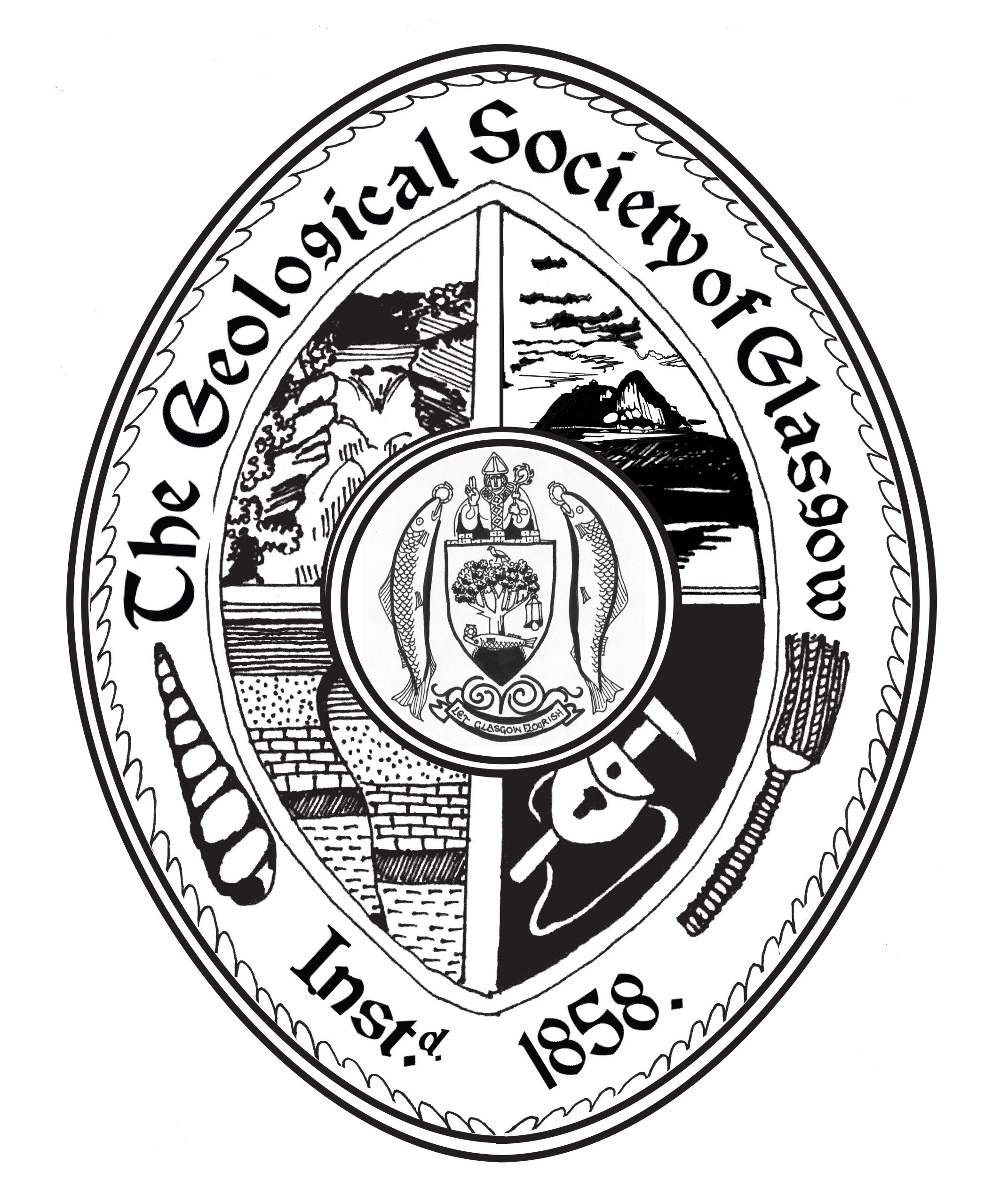
The Ballantrae region is of international importance because of the presence there of the Ballantrae Complex, an association of serpentenite, chert and pillow lavas that represents an ophiolite. We will visit some of the interesting geological localities in this area.

A walk of about 2.5 km up the Glenderaterra valley from the car park at the Blencathra Field Centre with 4-6 stops along the path, returning the same way. The main theme is contact metamorphism and mineralisation in the Skiddaw Slate around the Skiddaw Granite. Evening meal in Threlkeld.


Anglesey's rocks provide a detailed record of the events leading to the formation of southern Britain. Formed between 650 & 300 Ma, they include high grade gneisses, a granite pluton, metasediments, sandstones, mudstones and the famous Anglesey Blueschists. There are also Paleogene dykes, abundant glacial features, a number of NE–SW faults and large sandstones blocks possibly marking the location of an ancient subduction zone.
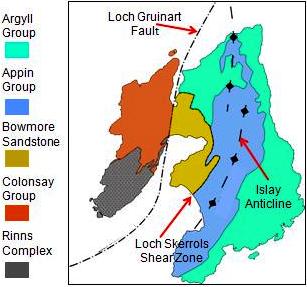
This excursion has been cancelled because of the coronavirus outbreak. We hope to reschedule it for 2021.

This excursion has been cancelled because of the coronavirus outbreak. We hope to reschedule it for 2021.

1800 Ma gneiss, Precambrian metasediments and fossil stromatolites, the famous Port Askaig Tillite (possible "Snowball Earth"?), low grade metamorphic Dalradian rocks retaining original sedimentary structures, reactivated and reversed extensional faults, substantial mineralisation, 60 Ma igneous intrusions (opening of the Atlantic Ocean) and a large selection of Quaternary Ice Age features.

A journey through the magma chamber of an early Palaeogene volcano, with visits to significant localities of igneous, sedimentary and metamorphic rocks

Outcrops of the Blackhall Limestone and disused quarries and, if time permits, a visit to the lime kilns on the foreshore.

Terrestrial fossils from Romer's Gap and a rich fauna of marine fossils.

Lower Carboniferous sedimentary rocks, Upper Carboniferous sills and late glacial and postglacial deposits

A classic east-west cross-section through folded Dalradian metasediments, part of the Appin Syncline

Carboniferous fluvial, deltaic and shallow marine strata pierced by Carboniferous vents (diatremes) and the interplay between volcanism and sedimentation
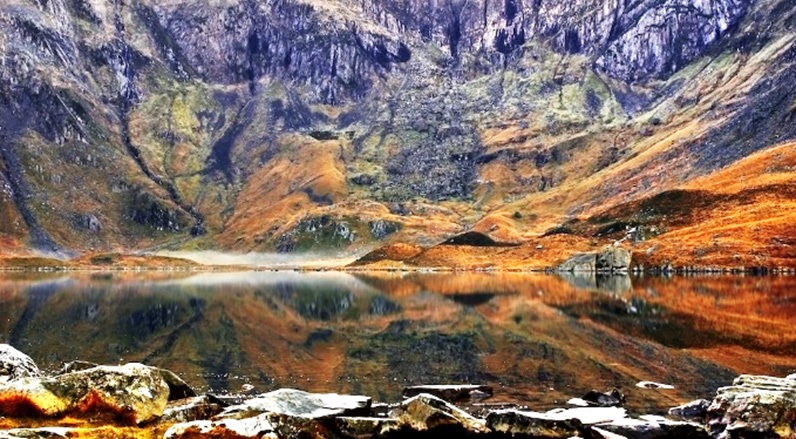
Ordovician volcanics, with evidence for giant ash-flow eruptions, and large-scale Caledonian folding, all set in Snowdonia’s wonderful glacier-carved mountain scenery.

Carboniferous, Permo-Carboniferous and Palaeogene igneous rocks, columnar-jointed sandstone, Dalradian slates, schists and grits, along with the Highland Boundary Fault and Highland Border Complex.

Devonian sedimentary rocks and igneous structures, Clyde Plateau Lavas, glacial erratics, beach pebbles and post-glacial landscape features


A visit to the Museum of Lead Mining with a tour underground to the eighteenth century Lochnell Mine. We are also going out to pan for gold in the local streams.

Exploring the igneous complexes that were formed in the final stages of the closure of the Iapetus Ocean in the Silurian period.

Important aspects of the early Ordovician Ballantrae Ophiolite Complex, late Ordovician and early Silurian greywacke and conglomerate; late Ordovician reef limestone and Caledonian folding; and possibly the pillow lavas at Downan Point.

A joint excursion with the Edinburgh Geological Society to examine the rocks around the Highland Boundary Fault and gain some understanding of why there has been considerable controversy over the geological history of this zone
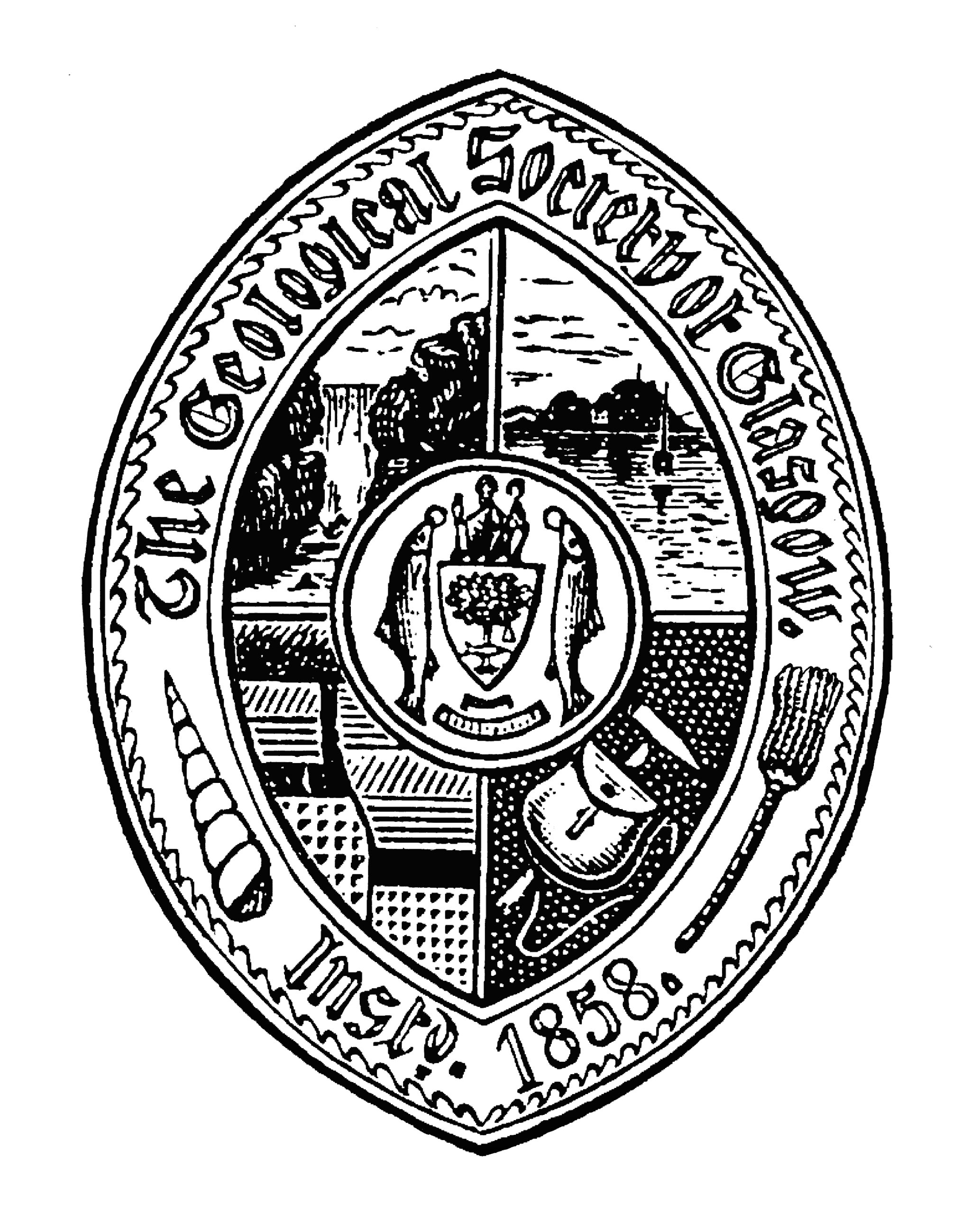
Sandstone and other sedimentary rocks laid down in river deltas, swamps and sea in the Carboniferous period and evidence of the Quaternary glaciation

An opportunity to see behind the scenes of the Glasgow Museums Resource Centre and view geology specimens not currently on display

A magnificent section of the glacial Neoproterozoic Port Askaig Formation with a sequence at the base which is a prime candidate for a global “golden spike” or GSSP. We will discuss the concept of snowball earth and assess how the succession here fits with that model.
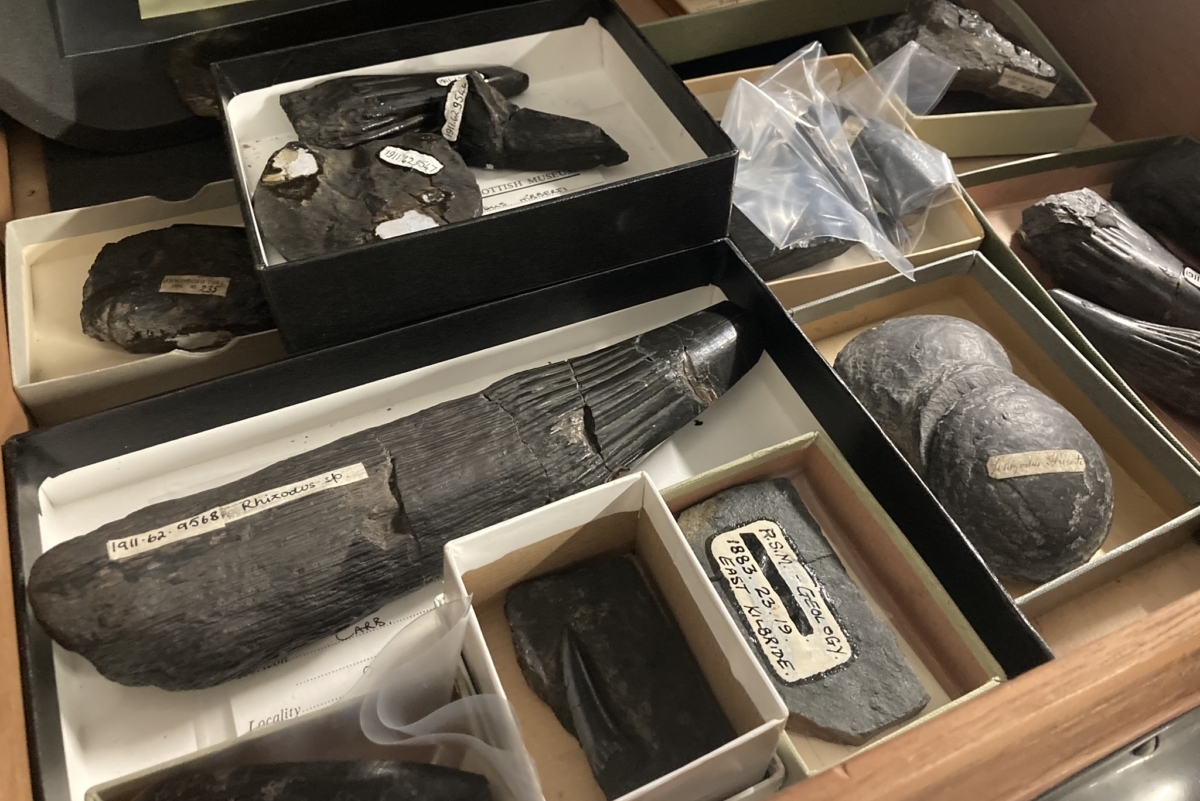
A fantastic chance to visit both the Palaeobiology and Earth Systems collections held in the National Museums Scotland specialist facility.

A chance to see fossils dating back to the Silurian period, including trilobites, brachiopods, nautiloids, corals and crinoids

We will study the relationships between the Dalradian metamorphic rocks of the Highlands, the rocks associated with the Highland Boundary Fault, and the younger sedimentary fill of the adjacent Midland Valley.

A visit to Spireslack and Mainshill Wood surface coal mines to examine spectacular exposures of Carboniferous strata on a scale not seen anywhere else in the United Kingdom
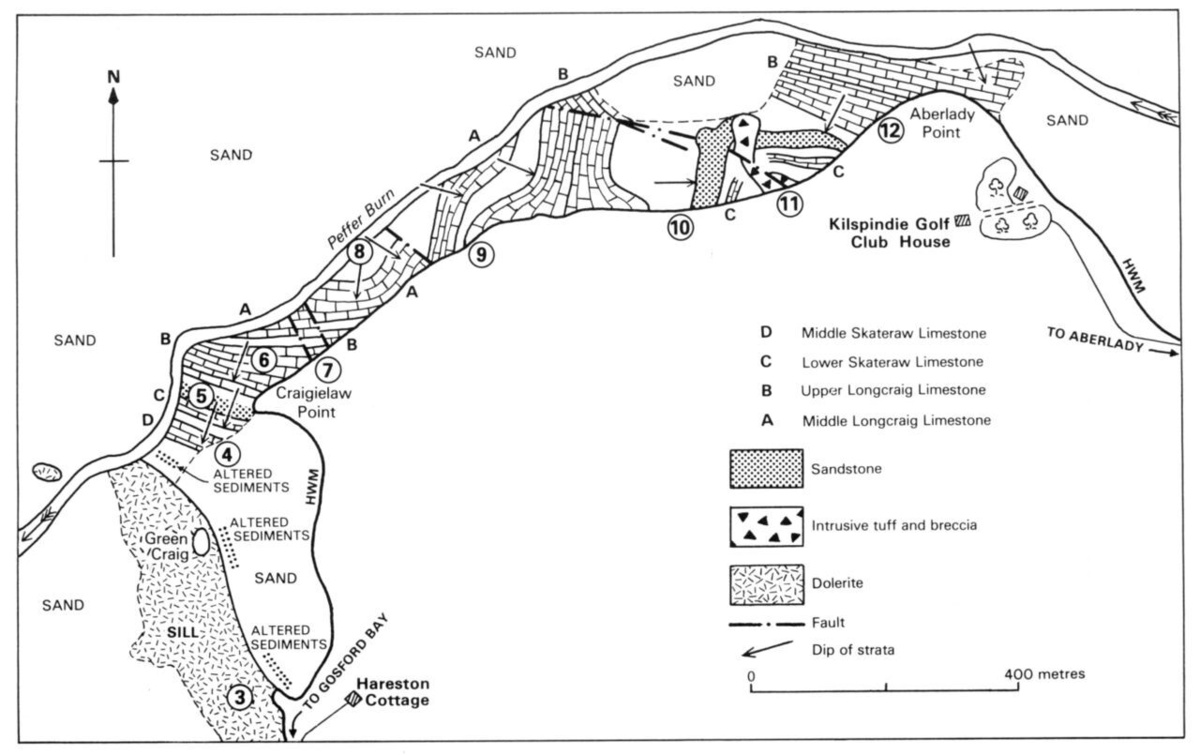
This excursion will illustrate the cyclic pattern of the sedimentation of Carboniferous (Dinantian) rocks exposed between Craigielaw Point and Aberlady Point.

A chance to bring the family along to a fun day out examining beach pebbles and learning more about the geology of this Ayrshire coastal location

An off-road walk along the Kelvin River Walkway to look at rocks of the middle Carboniferous Limestone Coal Formation and Upper Limestone Formation, with the possibility of seeing plant fossils
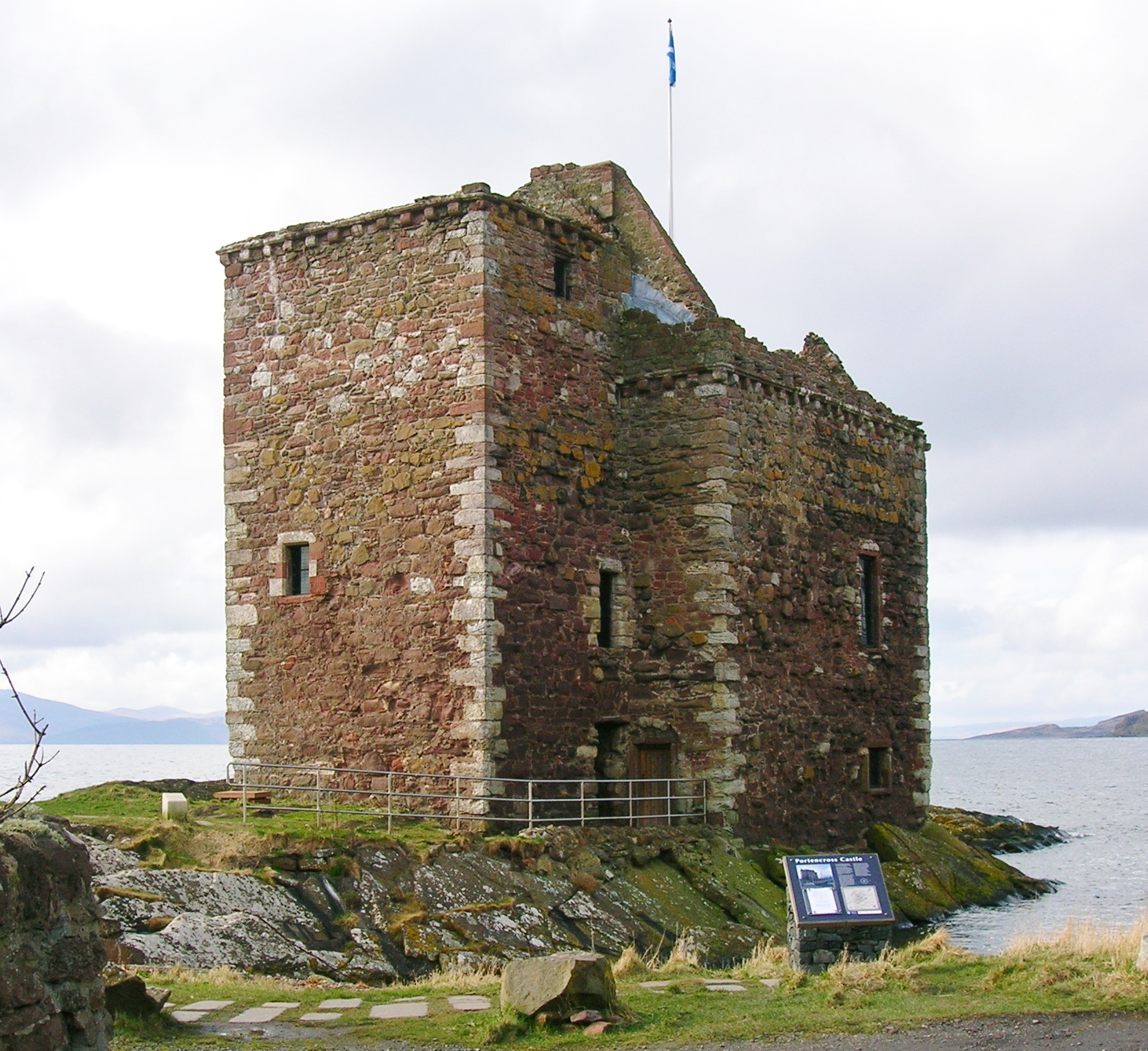
A walk along the shore at Portencross to examine Upper and Lower Old Red Sandstone sedimentary rocks of the Devonian period and associated igneous rocks

A short tour of Holmwood House and a look at how the design of the house links with geology, including the use of earth pigments

A tour to explore the geology of Necropolis Hill and of some of the remarkable monuments in the cemetery

A walk along the foreshore at Burnmouth to study rocks of the early Carboniferous Ballagan Formation

A look at the Ordovician rocks and fossils of the Girvan southern foreshore

A 4-day excursion to study the Glenelg-Attadale Inlier, an enigmatic complex of ancient gneisses that enclose a beautiful garnet-pyroxene rock-type - eclogite - that formed at extreme pressure when this continental crust was subducted during continental collisions
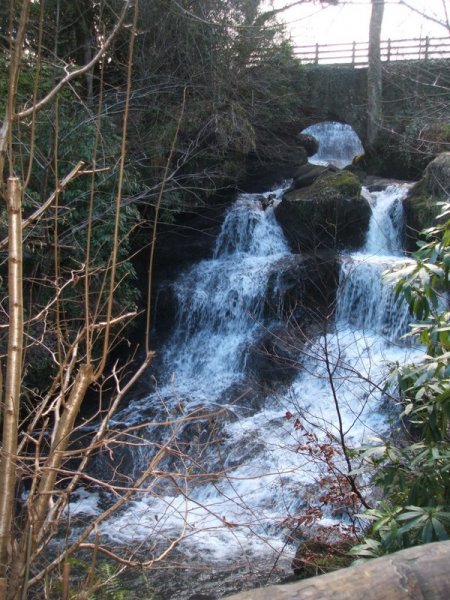
A leisurely guided geology walk around Rouken Glen Park, lasting around 1.5 hours